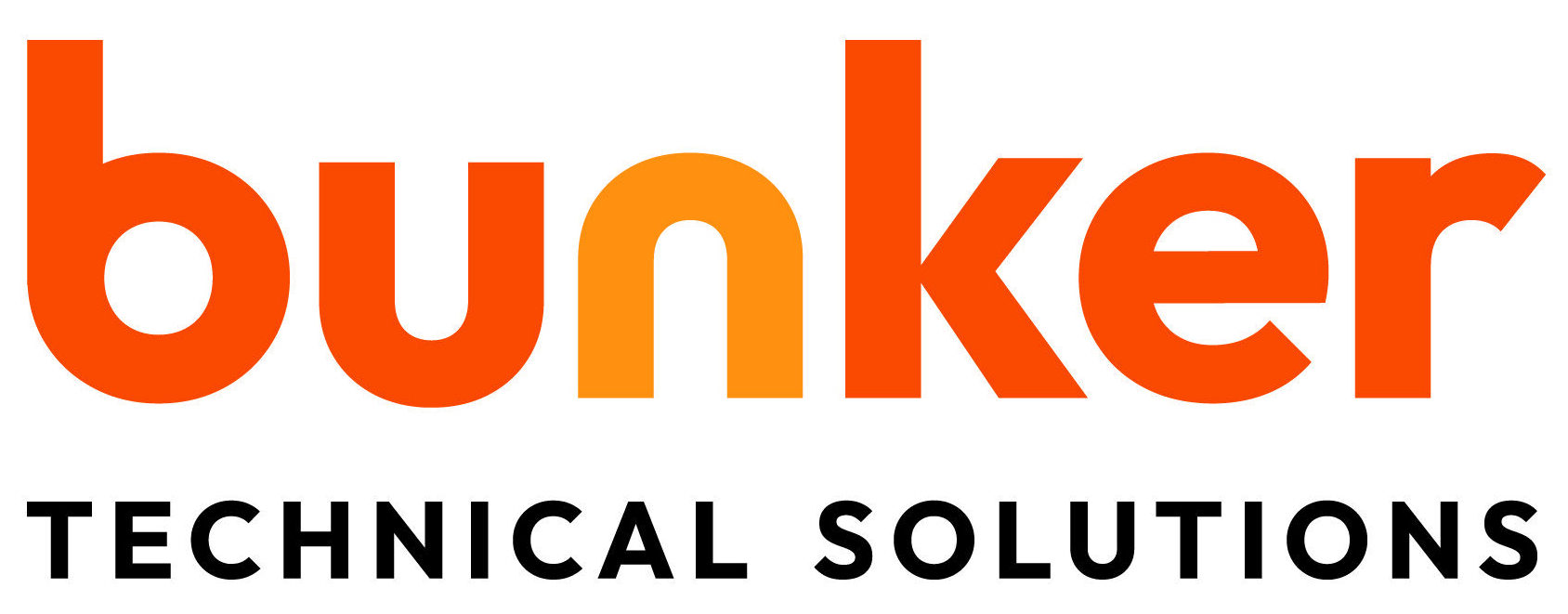10 Ways to Reduce Your Cyber Insurance Premiums
As the world becomes more digitized and cybercrime increases, the need for cyber insurance is something businesses should not overlook. If your company handles, transmits or stores sensitive data, you need to know about cyber insurance.
Cyber insurance is intended to protect businesses from the monetary losses arising from a cyber incident that could jeopardize their future. It covers financial losses caused by events such as data breaches, cybertheft and ransomware.
Since SME’s often lack the resources or budgets of big corporations, cyber insurance can provide critical financial protection in the event of a cyberattack, helping them recover quickly

With the right cybersecurity strategy, it’s possible to lower insurance costs and maximize the value of your cyber insurance package. Here are nine things you can do today that may reduce your annual cyber insurance premium:
1. Implement a Zero Trust Policy.
The Zero Trust approach is the most effective security control and demonstrates a proactive defence mindset. This security framework entrenches the principle of “never trust, always verify.” Every activity within the organizational network undergoes thorough, ongoing security checks, with strict permission settings ensuring verified access only to sensitive data.
Zero Trust leverages robust authentication methods, network segmentation, “least privileges” policies, and layered threat prevention techniques to prevent threat actors from moving laterally across a network at ease and speed.
2. Adopt a Cybersecurity Framework
Some insurers will reduce cyber insurance premiums if your business aligns with a recognised cybersecurity Framework such as CIS, NIST, ISO 27001 and SOC2. CIS Controls, for example, are a set of 20 best practices that can guide you through creating a layered cybersecurity strategy. Research suggests that implementing CIS Controls can reduce the risk of a successful cyberattack in a company by as much as 85%
3. Enable Mutli-Factor Authentication
MFA is a cybersecurity measure requiring users to provide multiple factors verifying their identity before gaining access to a network, account, or online operating system. For example, MFA users must provide a password and verify access by inputting a code (often sent to another device) or confirming access with biometric data, such as a fingerprint or facial recognition. This multi-step process offers considerably more security than the traditional single password, which can be hacked to access and expose sensitive data.
4. Develop an Incident Response Plan.
Another requirement high on the cyber insurance checklist is incidence response planning. Some cyber events can lead to massive network or data breaches that can impact your organization for days or even months. Therefore, you need a well-documented, detailed course of action to help your IT team quickly stop, contain, and control the incident. This document also acts as cybersecurity evidence you can provide to a cyber insurance provider.
5. Ensure Data is Securely backed up
No cybersecurity plan is 100% fool proof, making secure data backups the ultimate safety net to recover from a destructive cyberattack. To ensure business continuity, maintain a positive brand reputation and avoid costly damages to your organization, you should perform regular verified, air-gapped backups for sensitive data and critical applications, whether on-premise or in the cloud.
6. Conduct Regular Penetration Testing
The primary purpose of penetration testing is to identify exploitable issues and implement adequate security controls. However, you can also use penetration testing techniques to demonstrate the robustness of an organization’s security policies, regulatory compliance, employees’ security awareness, and ability to identify and respond to security issues and incidents such as unauthorized access.
7. Keep Software Patched and Up-to-date
Identifying endpoints that require updates and patches made to the OS, applications, and security software they have installed or need to have installed is critical. The most up-to-date security software will aid in blocking and removing malware from your endpoints. In addition, vulnerability patches from OS and app vendors are only effective if your endpoints are kept up to date regularly.
8. Use Strong Encryption
Encryption is critical to protecting sensitive data. Encryption converts sensitive data into ciphertext, a form that is unreadable without an encryption key. This process is called “encoding.” Encryption makes it nearly impossible for cybercriminals or other unauthorized parties to steal and misuse the data since only those with an encryption key can decipher the data and reveal the actual information. If the data is encrypted, a hacker who breaches your system won’t be able to read it. Instead, they will only see scrambled letters and numbers, making it extremely difficult to decipher the sensitive data.
9. Conduct staff Awareness Training
Employees will always be the weakest link in every cybersecurity program. Staff Awareness Training helps educate and empower your team to prevent and detect common cyber threats. It also cultivates a robust security-aware mindset and culture that prioritizes protecting sensitive information so you can feel confident that your team can quickly adapt to the ever-changing, complex world of cyber threats.
10. Use A Security Focused MSP and Consider Using a Managed SOC
Managed Security Operations Centers are an excellent way for organizations that need more expertise or in-house resources to better plan, monitor and secure their digital estate. From 24/7 systems monitoring and proactive threat detection to compliance management and disaster recovery, MSP’s provide a complete security solution to defend your organisation and help minimize cybersecurity-related costs.
Wrapping Up
Let’s work together to ensure your success…
Cyber insurance is a complicated and ever-changing industry. There are many factors that can influence whether or not you qualify for a payout in the event of a cyberattack, and trying to remain compliant with your insurance policy can be difficult. Working with an IT service provider like us can help you better understand your options and ensure that you have adequate security in place, increasing your chances of receiving complete coverage.
Not sure where to start? Contact me today to schedule a call or fill out our security self assessment and we can help you
We’ve also created an infographic titled “Cyber Insurance and Why Your Small Business Needs Coverage” that you can download by clicking here.

